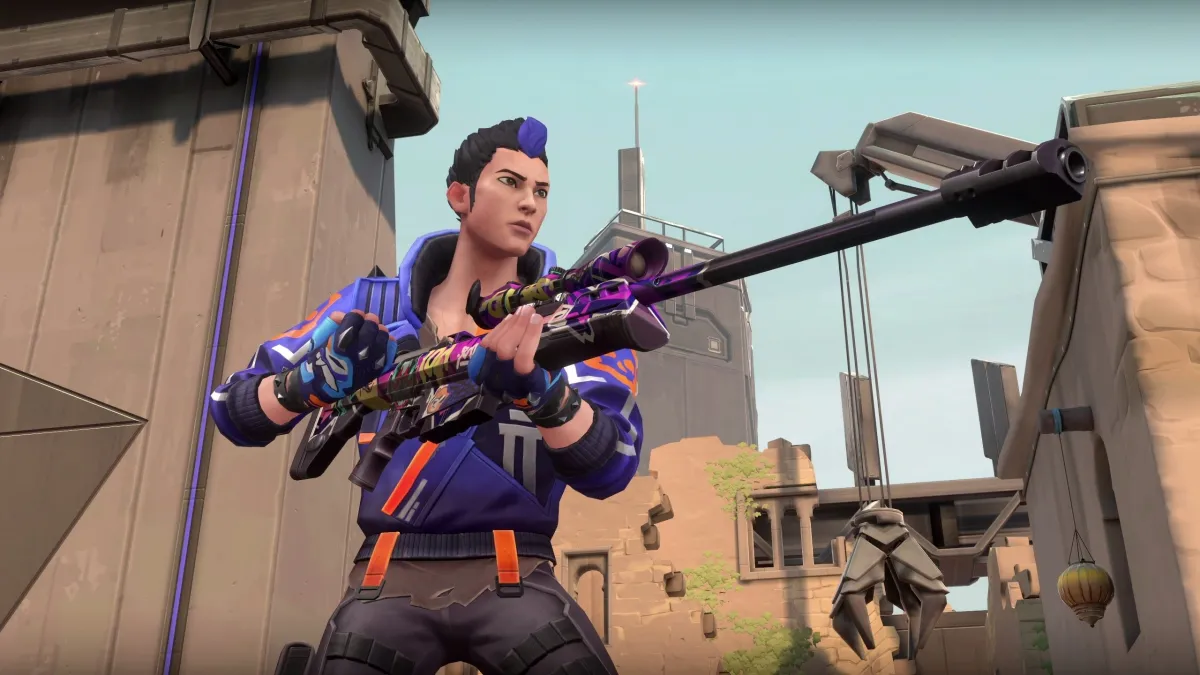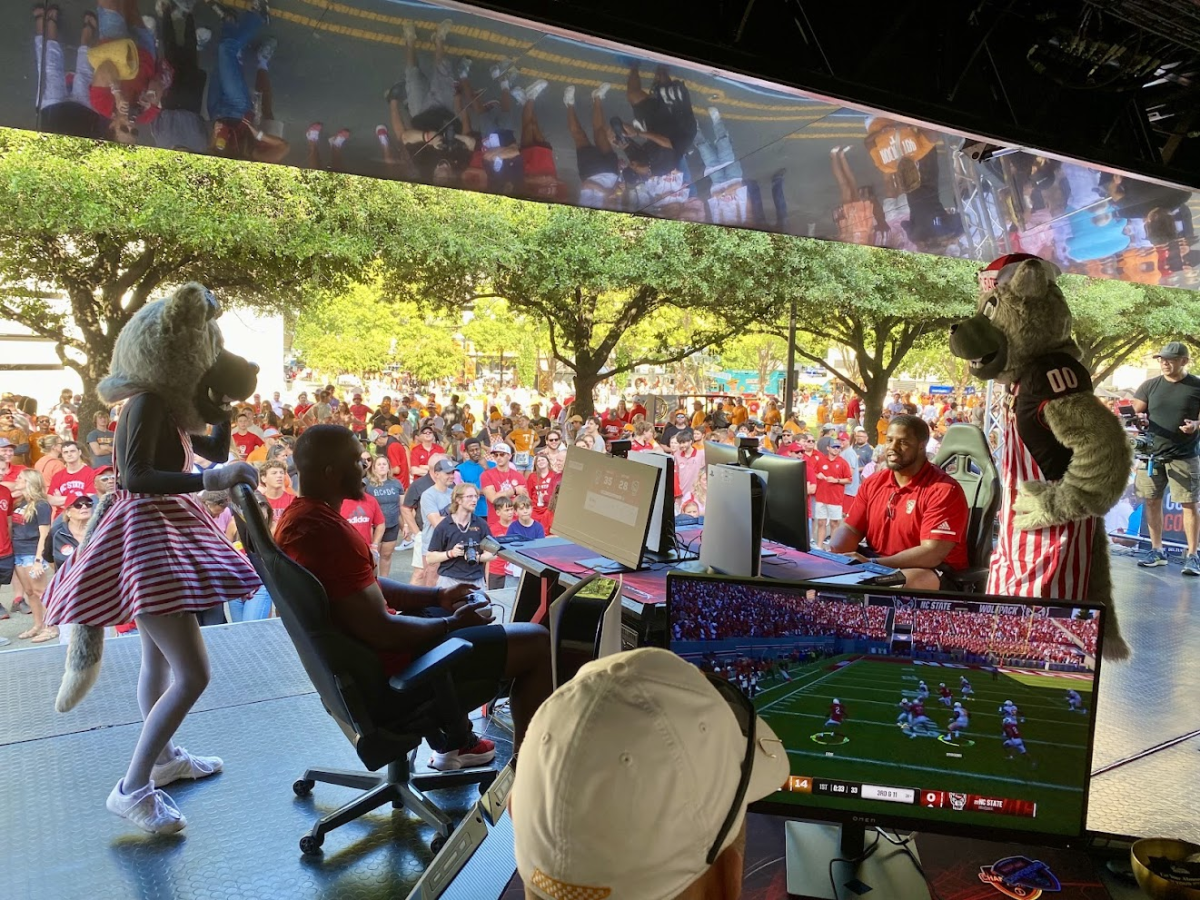This article is brought to you by Aim Lab
When you play a competitive, team-based game like VALORANT, one of the most important things every squad needs to do is designate roles during a game. Among those roles is the entry fragger, or a player who is going to lead the attack into sites.
Entry fragging is a selfless action, because oftentimes, entry fraggers have to lead the charge without any information of the enemy’s location and essentially be the meat shield of the team. Because of this, inexperienced entry fraggers can experience down games and lower K/D ratios.
Despite the downsides, this is a key role for any team, as clearing angles upon entry and scouting enemy locations early in a push helps the rest of the team understand where to use their utility and which angles are clear.
With that in mind, here are some of the most important aspects every player should know and practice, with a professional breakdown from Andbox in-game leader Daniel “vice” Kim from Aim Lab, a free-to-download aim trainer used by more than 16 million players that lets you accurately simulate VALORANT down to the exact settings you use in the actual game client.
Aim Lab is also the official FPS training partner of the NA VALORANT Challenger Series.
Picking the right agents
Vice, along with other top teams, tend to leave the Entry fragging role to Duelists like Raze, because she has gap-closing and site-pushing ability with Blast Pack. When a Duelist pushes into a site, they likely won’t have many abilities or utility options remaining. The rest of the team should still have utility to spare and now more information to play with, however.
Each Duelist brings unique entry fragging options and advantages and disadvantages based on which site you are pushing, the angle from which you are approaching, and the amount of utility available.
Ranking the entry duelists
Vice leans toward Duelists with versatile utility that is useful in most entry situations, specifically ranking agents higher if they have a clear way to mix things up and create instant space for the rest of the team.
1) Jett
Jett has the easiest movement ability with Dash and can confuse opponents using her Cloudburst to block line of sight. These abilities combo great together allowing you to create space by instantly dashing forward while also providing cover for your teammates behind you.
2) Raze
Like Jett, Raze can create space with her Satchel, but can clear angles safer by using her Paint Shells grenade. The Satchel is not as effective as Jett’s dash, but serves the same purpose of boosting yourself higher and forward when timing the Satchel’s explosion.
3) Phoenix
Phoenix is the most straightforward agent for entry fragging, utilizing his Curveball to flash corners, using Hot Hands fireball to flush out specific angles, and having the ability to block line of line with his firewall. His Ultimate is probably one of the best entry options in the game, because it’s an extra life, allowing you to attack without hesitation and scouting for ‘free information.’
4) Yoru
Yoru has many of the upsides of Phoenix, but is more useful in hectic game situations compared to the standard entry situations. His Fakeout ability can throw off defenders with the extra pair of footsteps while his Ultimate is can be used for both entering sites and scouting for information.
5) Reyna
Reyna is the lowest agent on the list because her flashes can be neutralized easier than the flashes of Phoenix or Yoru, and her other abilities rely on her getting kills. For these reasons, she is better as a secondary entry fragger than being the first.
Basic strategy and tools
Flicking and Tracking
A critical skill of an entry fragger is to visualize how the opposing team would optimally defend a site and which positions they will be. If you learn to do this, it helps you prioritize which angles to clear, making your push much more efficient. Entry fraggers need to have good crosshair placement and the ability to flick between all the potential positions and angles in case their initial prediction is wrong.
Tracking is not as commonly used in VALORANT, but still a skill to train as it helps your recoil control, hitting moving targets, and general map navigation. All skills you can learn with Aim Lab’s aim training tasks and custom training scenarios.
Related: How to improve your aim in VALORANT using Aim Lab
Cognition and Perception
Aiming is a huge part of entry fragging, and so are the skills of fast visual reaction time and quick decisionmaking. Entry fraggers need to predict how the enemy team is going to respond to a push, how to best deal with key positions, and what utility their teammates can use to back them up where needed.
Decisions need to be made quickly, and adapting to the enemy team, creating space for your teammates to operate, and then continuing to do your job can be the difference between a successful entry or a lost game. Just remember that your goal as the entry fragger is to clear angles and gather information, and then instantly relay that information to your teammates so they can react accordingly.
Precision
Precision is more about the accuracy of your shot, compared to being fast. Yes, being robot fast will give you an advantage, but what good is speed without precision? In a game rewarding headshots, an entry fragger must be both fast and accurate as they only have a split second to aim and fire.
Recap
Overall, entry fragging is one of the more technical and aggressive roles in VALORANT, requiring fast and accurate mechanics, proper use of abilities, and the confidence and selflessness to lead the charge for the team. Learn when to use your agents abilities to dash, smoke, teleport, and boost past the choke points distracting the opponents and creating space for your teammates to follow.
You can learn more about entry fragging and other important VALORANT strategies on the Aim Lab YouTube channel, or by visiting the Aim Lab website.







Published: Jul 15, 2021 09:59 pm